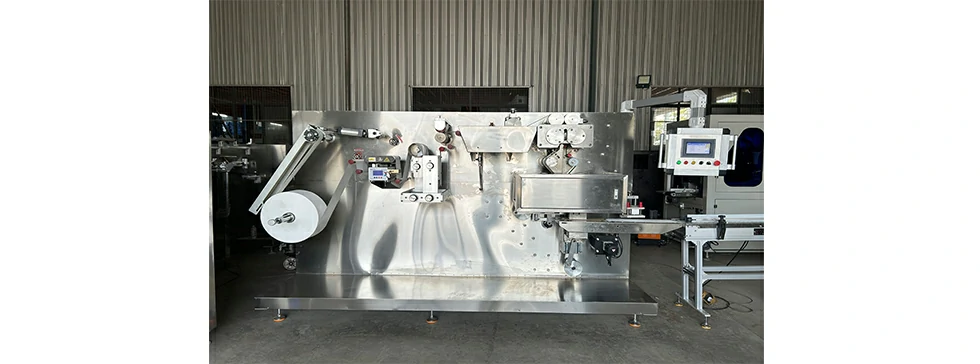February 28, 2024
How do you troubleshoot issues related to pocket wet wipes machine programming and software?
Troubleshooting issues related to pocket wet wipes machine programming and software requires a systematic approach to identify and resolve problems efficiently. Here’s a step-by-step guide:
- Identify the Symptom: Begin by identifying the specific symptom or issue experienced with the pocket wet wipes machine programming or software. Common issues may include error messages, program crashes, incorrect settings, or malfunctioning controls.
- Review User Manual or Documentation: Consult the user manual, technical documentation, or programming guides provided by the manufacturer. Review the troubleshooting section to identify common issues and recommended solutions.
- Check Hardware Connections: Ensure that all hardware components, such as sensors, actuators, motors, and controllers, are properly connected and functioning correctly. Check for loose connections, damaged cables, or faulty components that may affect machine operation.
- Restart the Machine: Try restarting the pocket wet wipes machine and the associated software program to see if the issue resolves itself. Sometimes, a simple reboot can clear temporary glitches or errors in the software.
- Verify Program Settings: Check the program settings and parameters configured in the software to ensure they are set correctly for the desired operation. Verify inputs such as production speed, temperature, pressure, pocket wet wipes machine and cycle times to ensure they match the intended settings.
- Update Software: Check for software updates or patches released by the manufacturer to address known bugs, compatibility issues, or performance improvements. Install the latest updates to ensure the software is running on the most stable and optimized version.
- Inspect Program Logic: Review the program logic or code to identify any errors, syntax issues, or logical inconsistencies that may be causing the problem. Debug the program by systematically testing different sections or functions to isolate the source of the issue.
- Check for Error Messages: If the software displays error messages or diagnostic codes, note down the exact message or code displayed. Refer to the user manual or online resources to interpret the error message and identify potential causes and solutions.
- Perform System Diagnostics: Use diagnostic tools or software utilities provided by the manufacturer to perform system diagnostics and identify potential hardware or software issues. Run diagnostic tests to check the functionality of sensors, actuators, controllers, and other components.
- Test with Sample Inputs: Conduct tests with sample inputs or test scenarios to simulate the conditions that trigger the issue. Monitor the machine’s response and observe any deviations or anomalies in behavior that may indicate underlying problems.
- Contact Technical Support: If unable to resolve the issue independently, contact the manufacturer’s technical support team or customer service hotline for assistance. Provide detailed information about the problem encountered, including symptoms, error messages, and troubleshooting steps taken.
- Document Findings and Solutions: Keep a record of the troubleshooting process, including findings, solutions implemented, and outcomes. Document any changes made to the software settings or program logic for future reference and training purposes.
By following these troubleshooting steps, operators can effectively identify and resolve issues related to pocket wet wipes machine programming and software, minimizing downtime and ensuring smooth operation of the equipment. Regular maintenance, software updates, and training on troubleshooting techniques are essential for optimizing machine performance and productivity.

